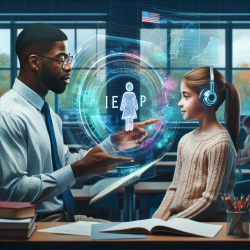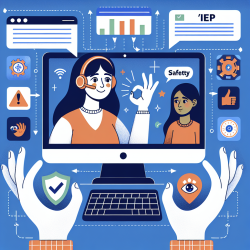Understanding the IEP Process in Rhode Island: A Guide to Empowering Change
The Individualized Education Program (IEP) is a cornerstone of special education, designed to meet the unique needs of students with disabilities. In Rhode Island, the IEP process is detailed and structured to ensure that every child receives the appropriate support to thrive academically and socially. This blog will provide insights into the IEP process, focusing on the roles of various team members and the critical timelines involved.
Development of the IEP
Once a student is identified as needing special education services, an IEP meeting must be held within 15 school days. This meeting is crucial as it sets the stage for developing a tailored educational plan. The IEP must be in effect no later than 10 school days following its development, ensuring that the student receives the necessary support promptly.
IEP Team Members and Their Roles
The IEP team is a diverse group of individuals who bring unique perspectives and expertise to the table:
- Parents: Play an active role in providing insights into their child's strengths and needs.
- Regular Education Teacher: Offers knowledge about the general curriculum and suggests adaptations.
- Special Education Teacher: Designs and implements specially designed instruction.
- Public Agency Representative: Ensures resources are available to meet the IEP goals.
- Evaluator: Interprets assessment results to guide instruction.
Key Considerations in IEP Development
IEP development is a comprehensive process that involves evaluating the student's present levels of academic achievement and functional performance. The team must consider the child's strengths, parental concerns, and the results of recent evaluations. Transition planning is also a vital component, particularly for students aged 14 and older, focusing on post-secondary goals and the services needed to achieve them.
Content of the IEP
An effective IEP includes measurable annual goals, a statement of special education and related services, and a description of how the child's progress will be measured. It is essential that the IEP is aligned with peer-reviewed research to ensure that the strategies and interventions are effective and evidence-based.
Service Delivery and Least Restrictive Environment
The IEP must specify the frequency and duration of services, ensuring clarity and commitment from the school district. The goal is to provide services in the least restrictive environment, allowing the student to participate in regular education settings to the maximum extent appropriate.
Conclusion
Understanding the IEP process in Rhode Island empowers parents, educators, and students to collaborate effectively, ensuring that every child receives the support they need to succeed. For more detailed information, please follow this link.










